10 Japanese Cars To Stay Away From Buying
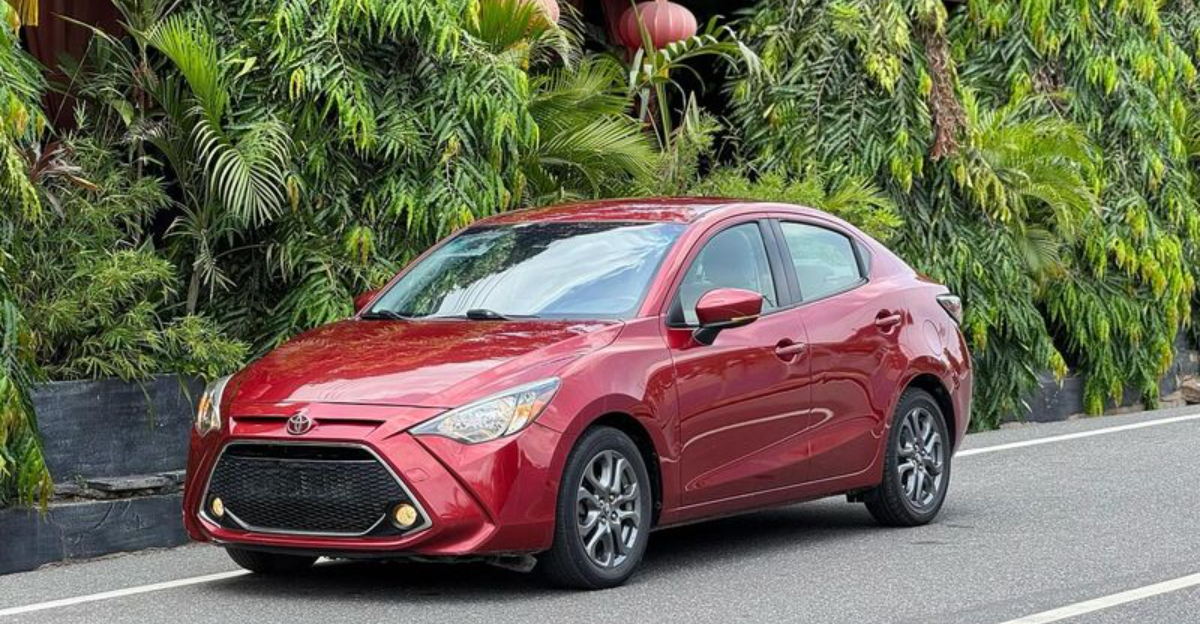
Not every car with a Rising Sun badge shines bright. Japan has given the world legends that run forever, but it’s also quietly unleashed a few duds that make you question everything.
One dealer once joked that a certain ’90s coupe spent more time in the service bay than on the lot, and it wasn’t because it was selling fast.
Whether it’s bizarre styling, unreliable engines, or just baffling decisions, not every Japanese car is a home run. Some miss the mark in spectacular fashion.
1. Mitsubishi Mirage
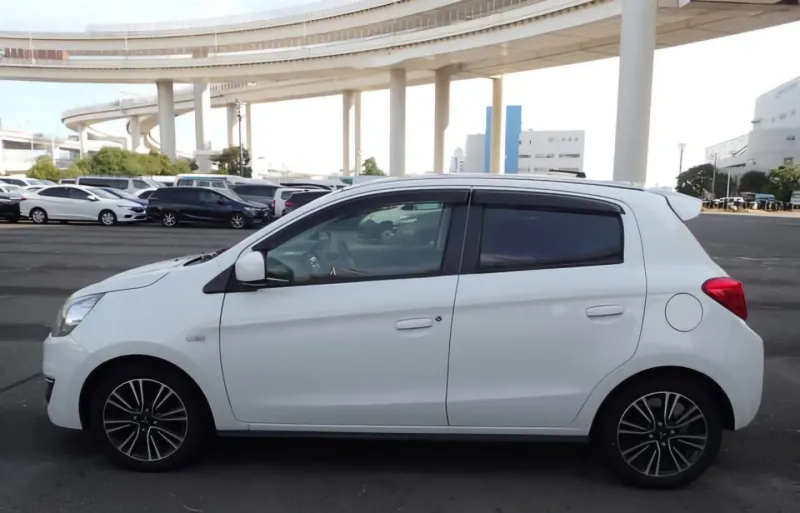
Cheap doesn’t always mean good value. The Mirage might tempt you with its low sticker price, but you’ll pay for it with every mile.
Painfully slow acceleration makes highway merging feel like a d**th wish. The interior plastic feels borrowed from a dollar store toy section, and road noise invades the cabin like an unwelcome party crasher.
Even basic errands become tiresome in this underpowered econobox that sacrificed everything good about driving for a few MPG gains.
2. Nissan Juke
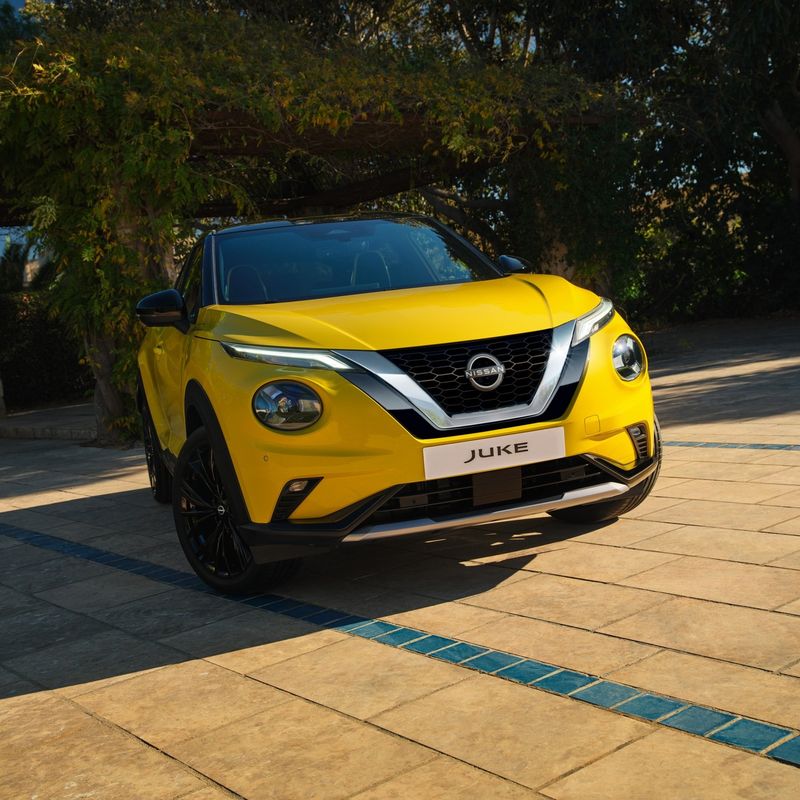
Remember that awkward phase during your teenage years? Nissan captured it perfectly with the Juke’s bizarre styling choices.
Frog-like headlights perched atop the hood create a face only a designer could love. Inside, the cramped rear seats and tiny cargo area make this so-called crossover less practical than many compact cars.
Add in the notorious CVT transmission issues that plague many Nissans, and this quirky ride quickly loses its charm after the novelty wears off.
3. Suzuki X-90
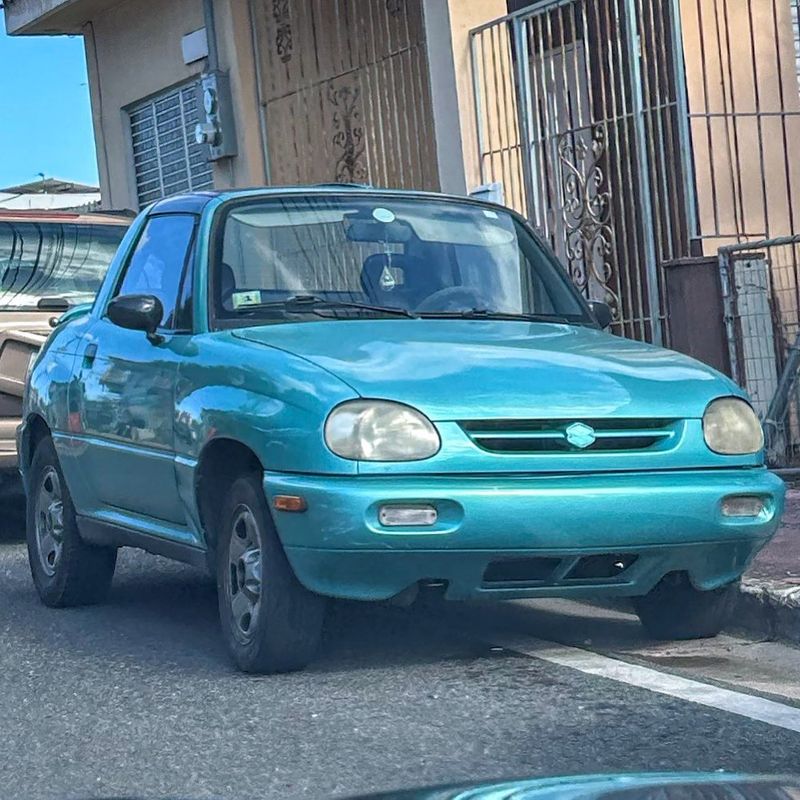
What happens when you cross a sports car, an SUV, and a clown car? The Suzuki X-90, that’s what!
This automotive identity crisis featured a removable T-top roof, two seats, and minimal cargo space, making it useless for practically everything.
Neither capable off-road nor comfortable on-road, the X-90 excelled only at attracting confused stares.
Suzuki mercifully pulled this oddity from the market after just two years, but used examples still trap unsuspecting buyers looking for something “different.”
4. Toyota Yaris iA
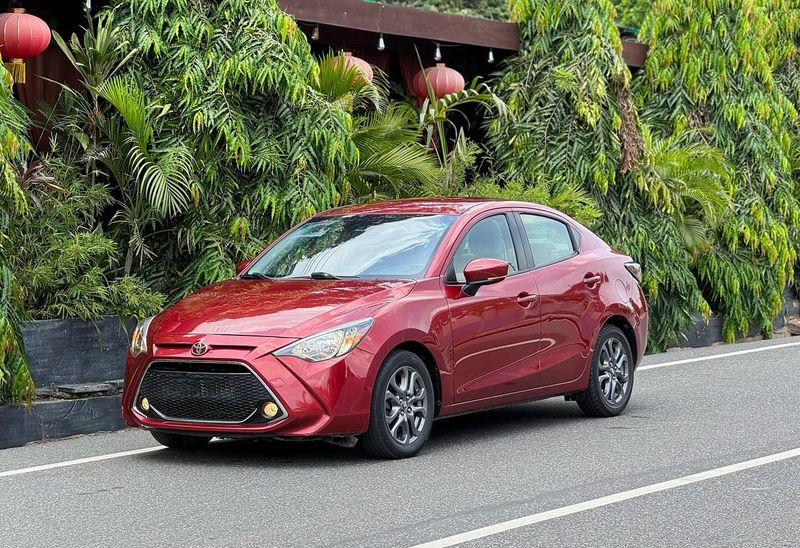
Plot twist! The Yaris iA isn’t even a real Toyota – it’s a rebadged Mazda2 that Toyota imported when they couldn’t be bothered to design their own subcompact sedan.
The identity confusion extends to its driving personality and parts availability. Owners often find themselves bounced between Toyota and Mazda dealerships when service is needed.
Despite the Toyota badge promising reliability, this automotive impostor delivers a mediocre experience wrapped in forgettable styling that fails to honor either brand’s heritage.
5. Honda Crosstour
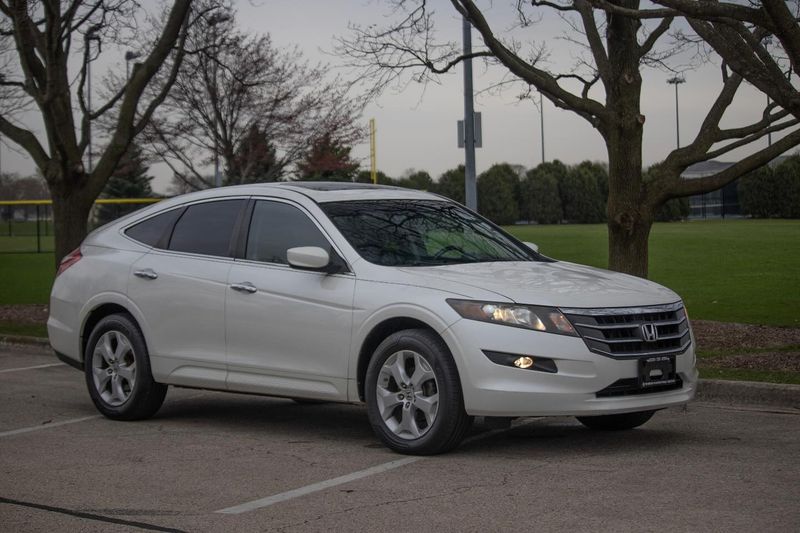
Honda took their beloved Accord, fed it too many carbs, and created this bloated hatchback monstrosity.
The awkward sloping roofline might win design awards in Bizarro World, but here it just limits rear visibility and cargo space.
Drivers report blind spots big enough to hide a school bus. The higher center of gravity ruins the Accord’s nice handling without delivering any meaningful SUV capability.
Even Honda fans couldn’t warm up to this automotive mullet – business sedan in the front, compromised cargo hauler in the back.
6. Subaru B9 Tribeca

Sporting a front grille that looked like an airplane toilet seat, the original B9 Tribeca scared children and confused adults.
Subaru’s first attempt at a three-row SUV missed the mark so badly they redesigned the face after just two years.
Thirsty for premium fuel yet underpowered for its size, the Tribeca delivered disappointing fuel economy without the expected Subaru capability.
The cramped third row seemed designed exclusively for contortionists or very small pets. Mercifully discontinued in 2014, used examples now serve as cautionary tales.
7. Scion tC
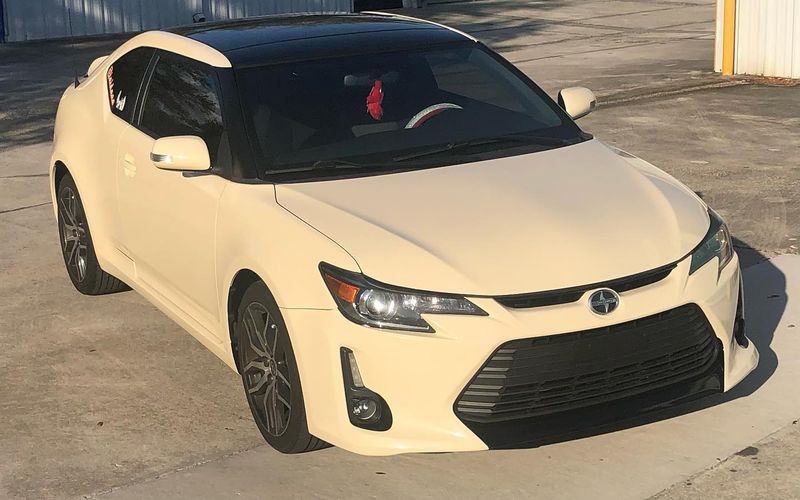
All show, no go! The tC lured in young drivers with sporty looks while delivering the excitement of a dishwasher.
Toyota’s youth-focused Scion brand promised affordable fun, but the tC delivered mediocrity wrapped in a wannabe-cool package. Cheap interior materials started rattling before the new car smell faded.
The heavy coupe’s underpowered engine struggled to deliver on the sporty appearance, creating a driving experience as exciting as beige wallpaper.
When Toyota finally got rid of the Scion brand, nobody mourned the tC’s passing.
8. Mazda CX-7
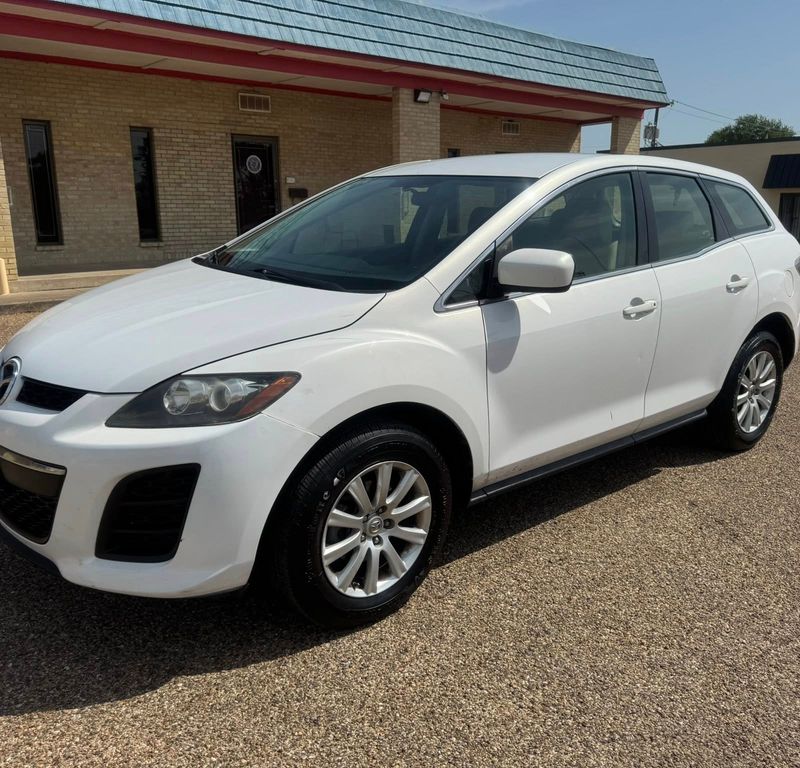
Zoom-Zoom quickly became Boom-Boom for many CX-7 owners when their turbocharged engines failed prematurely.
The 2007-2012 CX-7 combined the worst aspects of SUVs and sports cars – the fuel economy of a truck with the reliability of an Italian exotic.
Carbon buildup, turbo failures, and cooling system issues plagued these crossovers. The stiff suspension delivered a harsh ride without the handling benefits Mazda promised.
Repair bills often exceeded the vehicle’s rapidly declining resale value, turning this crossover into a money pit on wheels.
9. Nissan Cube
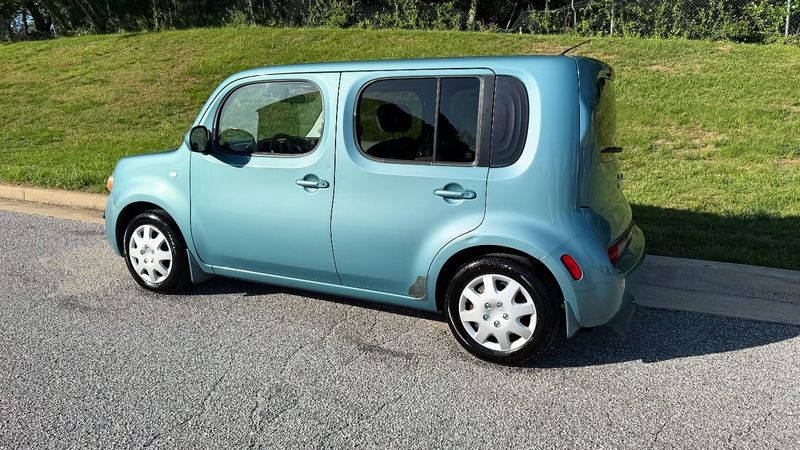
Asymmetry rarely works on cars, yet Nissan created the Cube with different-sized windows on each side.
The wraparound rear window created a fishbowl effect that made passengers seasick while turning the car into a greenhouse on sunny days.
Powered by an anemic engine paired with a soul-crushing CVT transmission, the Cube drove as excitingly as its name suggested.
The interior featured bizarre ripple-effect designs that aged poorly and collected dust in impossible-to-clean crevices. Form followed dysfunction in this rolling geometry experiment.
10. Toyota Prius C
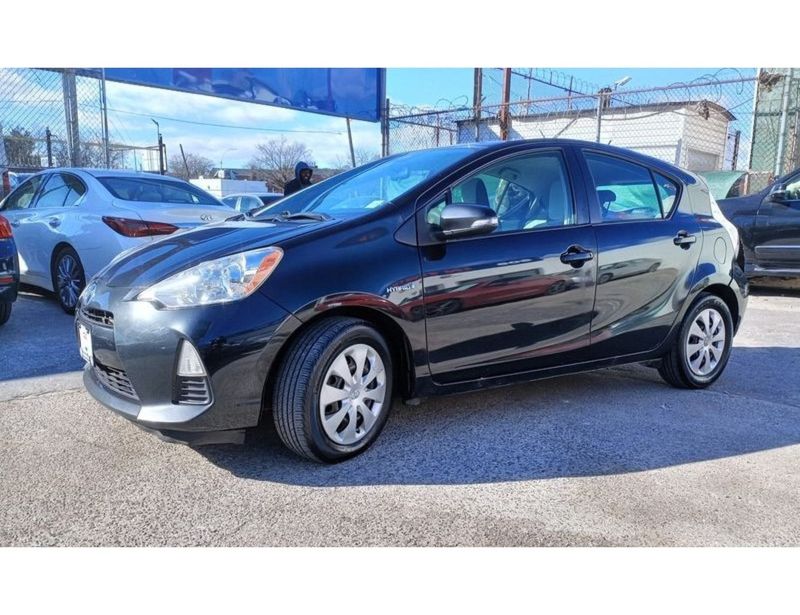
Proving that even Toyota occasionally misses the mark, the Prius C delivered all the drawbacks of hybrid ownership with few of the benefits.
This subcompact hybrid somehow managed to be both slow AND noisy – a special achievement in automotive engineering.
The harsh ride quality transmitted every road imperfection directly to your spine. Fuel economy, while decent, fell noticeably short of its larger Prius sibling, undermining its main selling point.
Cheap interior materials and tinny construction made highway drives feel like sitting inside a bass drum.
